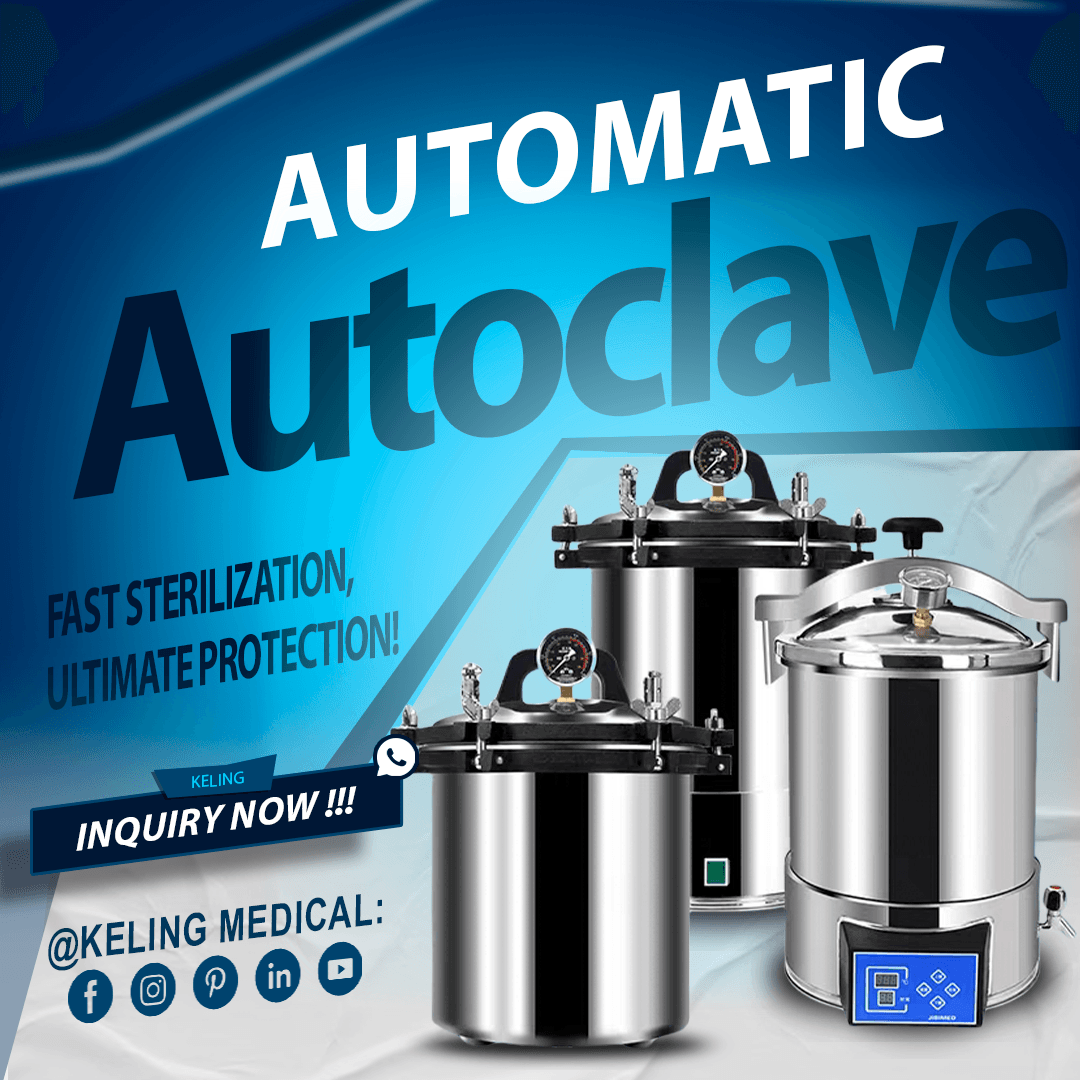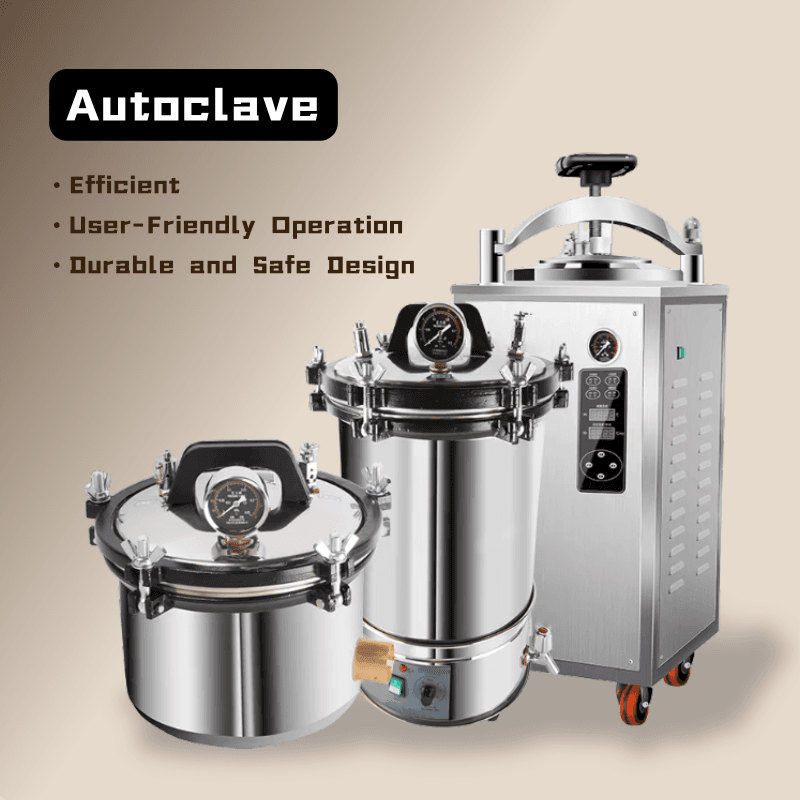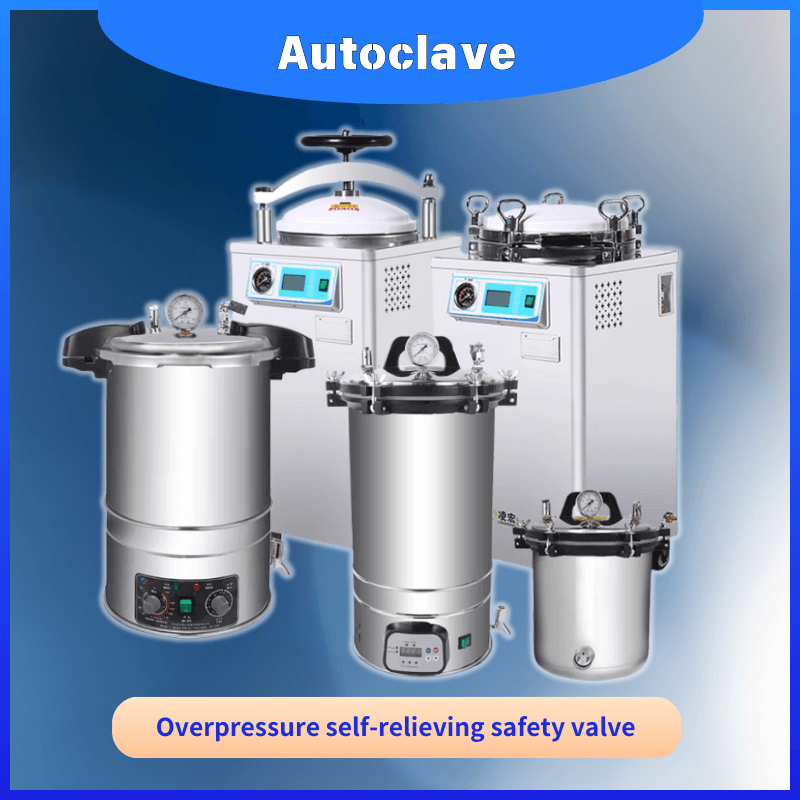
Unwrapped items are medical instruments or equipment that enter the autoclave chamber directly without any surrounding protective packaging. Medical instruments needing instant availability or quick processing in active healthcare environments typically use this method. The sterilization method known as “flash sterilization” involves unwrapped cycles which enable rapid sterilization of items while upholding strict infection control standards.
Surgical instruments needed urgently between procedures
Dental tools for immediate reuse
Laboratory glassware for rapid processing
Unwrapped sterilization processes offer efficiency but demand precise control of time and temperature parameters to achieve successful microbial elimination.
The sterilization time for unwrapped items in an autoclave varies based on the autoclave model and selected cycle. Medical settings use two main autoclave systems which are the gravity displacement and pre-vacuum (high-vacuum) models.
Gravity displacement autoclaves eliminate air from the sterilization chamber using gravity which enables steam to push out the air and reach the items inside. While this method works effectively it demands extended periods of sterilization time.
Standard Sterilization Time:
Unwrapped instruments require a sterilization time of 10 minutes when processed at a temperature of 132°C (270°F).
The standard sterilization time at 121°C (250°F) requires unwrapped instruments to be processed for 15 to 30 minutes.
Pre-vacuum autoclaves eliminate air first before steam enters so sterilization happens faster and more effectively.
Standard Sterilization Time:
Unwrapped instruments need to be sterilized for 3–4 minutes when the temperature is set to 132°C (270°F).
Sterilization requires 3 minutes when instruments remain unwrapped at a temperature of 134°C (273°F).
Note: The recommended times originate from international standards and established best practices. Refer to the autoclave manufacturer’s guidelines and comply with local regulations.
The duration required to sterilize unwrapped items in an autoclave depends on multiple factors.
Less bulky loads enable steam to penetrate more effectively and heat to transfer faster.
When loads are large or packed tightly they need extra time in the autoclave to achieve proper sterilization temperatures across all surfaces.
Flash sterilization works well with metal instruments because these items heat up quickly.
Sterilizing plastic, rubber, or composite materials requires either longer exposure times or reduced temperatures to prevent material damage.
Heavily contaminated items with organic or inorganic debris need pre-cleaning steps or extended sterilization periods to achieve full microbial destruction.
Preheated chambers can reduce cycle time.
When autoclaves start sterilization without preheating they take longer to achieve the required sterilization temperature.
The choice between gravity and pre-vacuum cycles along with the set temperature determines the shortest effective sterilization time possible.
Not maintaining required cycle time and temperature levels creates the risk of harmful microorganisms remaining on instruments which can result in serious health hazards.
Healthcare-associated infections (HAIs)
Regulatory non-compliance
Compromised patient safety
Too much exposure to elevated heat and steam may damage equipment and materials.
Damage delicate instruments or materials
Shorten the lifespan of medical devices
Medical devices exposed to extreme sterilization conditions and excessive operating temperatures result in higher energy usage and increased operational expenses.
Both safety and efficiency require proper management of time and temperature during sterilization processes.
Sterilization efficacy is a function of both time and temperature. Higher temperatures allow for shorter exposure times, while lower temperatures require longer cycles to achieve the same level of microbial destruction. Understanding this relationship is central to effective autoclave operation.
Related Reading: How Hot Does an Autoclave Get? Understanding Sterilization Temperatures
Remove all visible debris and organic material before autoclaving. Residual contamination can shield microorganisms from steam penetration.
Place items in a single layer or with enough space between them to allow steam to contact all surfaces.
Regularly monitor the effectiveness of sterilization cycles using biological (spore) and chemical indicators. This helps verify that the required conditions are met.
Always adhere to the autoclave manufacturer’s instructions regarding cycle selection, temperature, and time for unwrapped items.
Maintain detailed records of each sterilization cycle, including time, temperature, and load description, to ensure traceability and compliance.
After the cycle, allow items to dry completely before use to prevent contamination.
Understanding the different autoclave cycle types and their appropriate applications is essential for effective sterilization.
Further Reading: Autoclave Cycle Types and Their Applications
For medical device distributors, dealers, and procurement professionals, knowing how long unwrapped items should be sterilized in an autoclave is critical for ensuring the safety, compliance, and longevity of medical instruments. Standard sterilization times vary depending on the type of autoclave and load characteristics, but typically range from 3 to 10 minutes at 132–134°C for unwrapped items. By considering factors such as load size, material, and contamination level—and by following best practices—you can ensure effective sterilization every time.
A: The minimum recommended time is 10 minutes at 132°C (270°F), or 15–30 minutes at 121°C (250°F).
A: Typically, 3–4 minutes at 132–134°C (270–273°F) is sufficient for unwrapped items.
A: Only items that are intended for immediate use and can withstand high temperatures should be sterilized unwrapped. Always consult the manufacturer’s guidance.
A: Inadequate sterilization time may allow harmful microorganisms to survive, increasing the risk of infection and regulatory violations.
A: Use biological and chemical indicators, maintain proper loading, and follow validated cycle parameters for each type of instrument.
A: Visit Autoclave Cycle Types and Their Applications for detailed information.
Are you seeking expert advice or reliable autoclave solutions for your distribution or procurement needs? Contact Keling Medical for professional support and high-quality sterilization equipment:
Email: inquiry@shkeling.com
WhatsApp: +8618221822482
Website: https://autoclaveequipment.com/
Our team is ready to assist medical device distributors, dealers, and procurement professionals worldwide. Click the links above to connect with us today!

The medical field relies heavily on proper sterilization methods to maintain safe and effective healthcare practices. Healthcare facilities need to implement dependable sterilization techniques to manage infection risks while complying

Effective sterilization holds paramount importance in healthcare settings. Glass sterilizers now stand as dependable tools for medical professionals to achieve both safe and clean medical instruments. This article delivers an

The healthcare sector relies on sterilization as a key procedure which maintains the safety and functionality of medical tools. The hot bead sterilization method stands out among others because it

Sterilization serves as a fundamental element of infection control within healthcare environments. Glass bead sterilizers stand out among multiple available sterilization methods as they offer an effective way to quickly

The medical industry relies on sterilization as an essential procedure to maintain the functional safety of medical instruments and equipment. Bead sterilizers stand out among different sterilization methods for their

The sterilization process of medical equipment depends heavily on autoclaves which ensure all harmful microorganisms are eradicated from instruments. An autoclave remains effective only when it undergoes consistent testing and